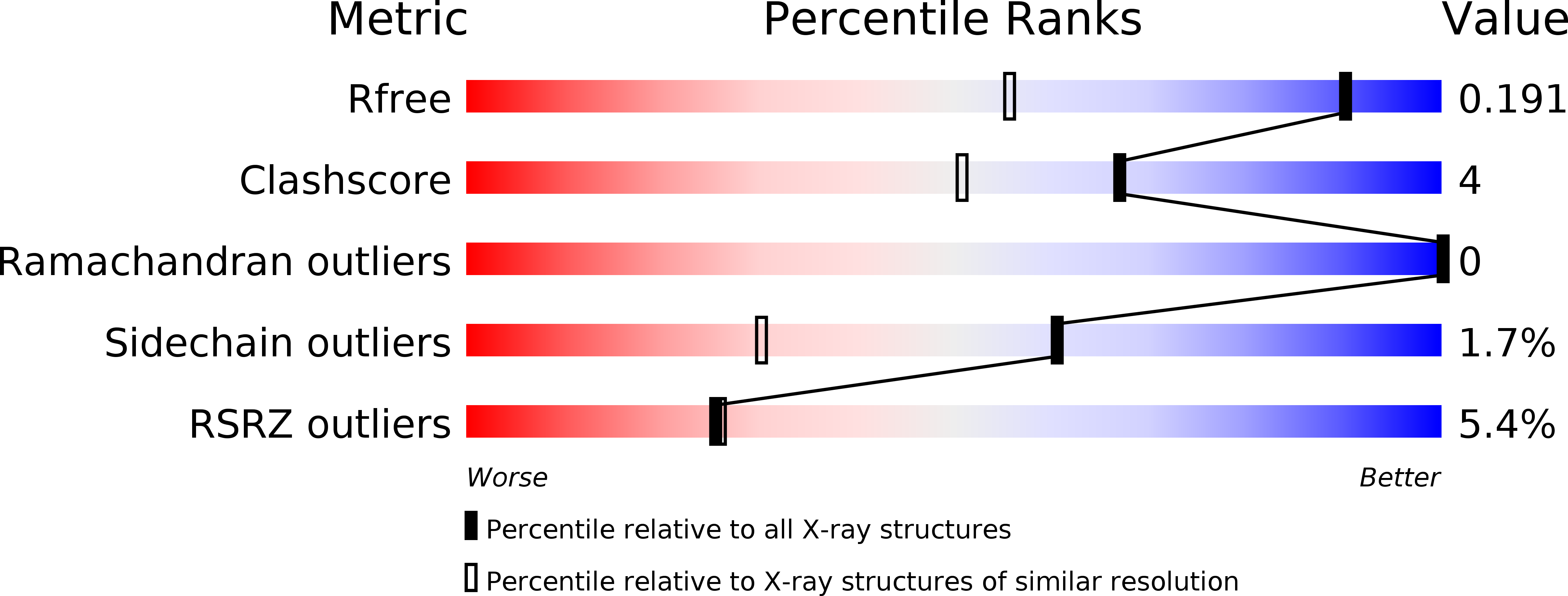
Deposition Date
2003-03-25
Release Date
2003-11-11
Last Version Date
2025-03-26
Entry Detail
PDB ID:
1OUW
Keywords:
Title:
Crystal structure of Calystegia sepium agglutinin
Biological Source:
Source Organism:
Calystegia sepium (Taxon ID: 47519)
Method Details:
Experimental Method:
Resolution:
1.37 Å
R-Value Free:
0.17
R-Value Work:
0.15
R-Value Observed:
0.15
Space Group:
P 1


